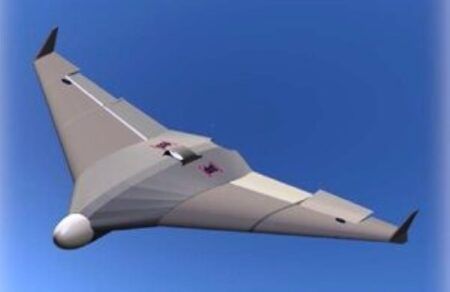A B-52 Stratofortress flying from Edwards Air Force Base, California, has successfully dropped three Joint Attack Surface Standoff Missiles (JASSMs) from a revolving weapons launcher mounted in the internal weapons bay.
The aircraft has long been capable of carrying JASSMs on its wing pylons, but this is the first time they have been successfully released from a conventional rotary launcher (CRL) in the internal bay.
The bomber has long been capable of carrying up to 12 JASSMs on its wing pylons, said Jose Estrada, a weapons integration engineer with the 775th Test Squadron. Integration of CRL in the internal weapons bay adds a capability of carrying eight more missiles in the aircraft, increasing the B-52’s JASSM payload by more than 60%.
The previous launcher used in the B-52 internal bay was the common strategic rotary launcher, which was only capable of carrying unguided munitions, or “dumb bombs”.
Carrying weapons internally means that less drag is created on the aircraft, which increases fuel efficiency, said Brian Pinto, also a weapons integration engineer with the 775th.
“For long range operations, this means less drag. The aircraft can fly further and faster and still return to base after the mission,” Estrada said.
Although the release of missiles was the milestone, the missiles weren’t the main focus of the testing, Estrada added.
“The CRL is really what we’re looking at. We’ve already validated the [Joint Directed Attack Munition], now we’re working the JASSM. The next step is the [Miniature Air Launch Decoy].”
Earl Johnson, test project manager, said this separation test was part of the first of three phases, and primarily focused on data collection: “We accomplished fit checks, making sure the weapons had clearance within the weapons bay while rotating on the CRL, demonstrated a clean separation of the weapon in flight, and made sure everything was done safely.”
The next phase – the interim phase – will include more of the same testing, but with the addition of live weapons. And the third phase will validate the CLR system’s full capability.
August 19, 2016




